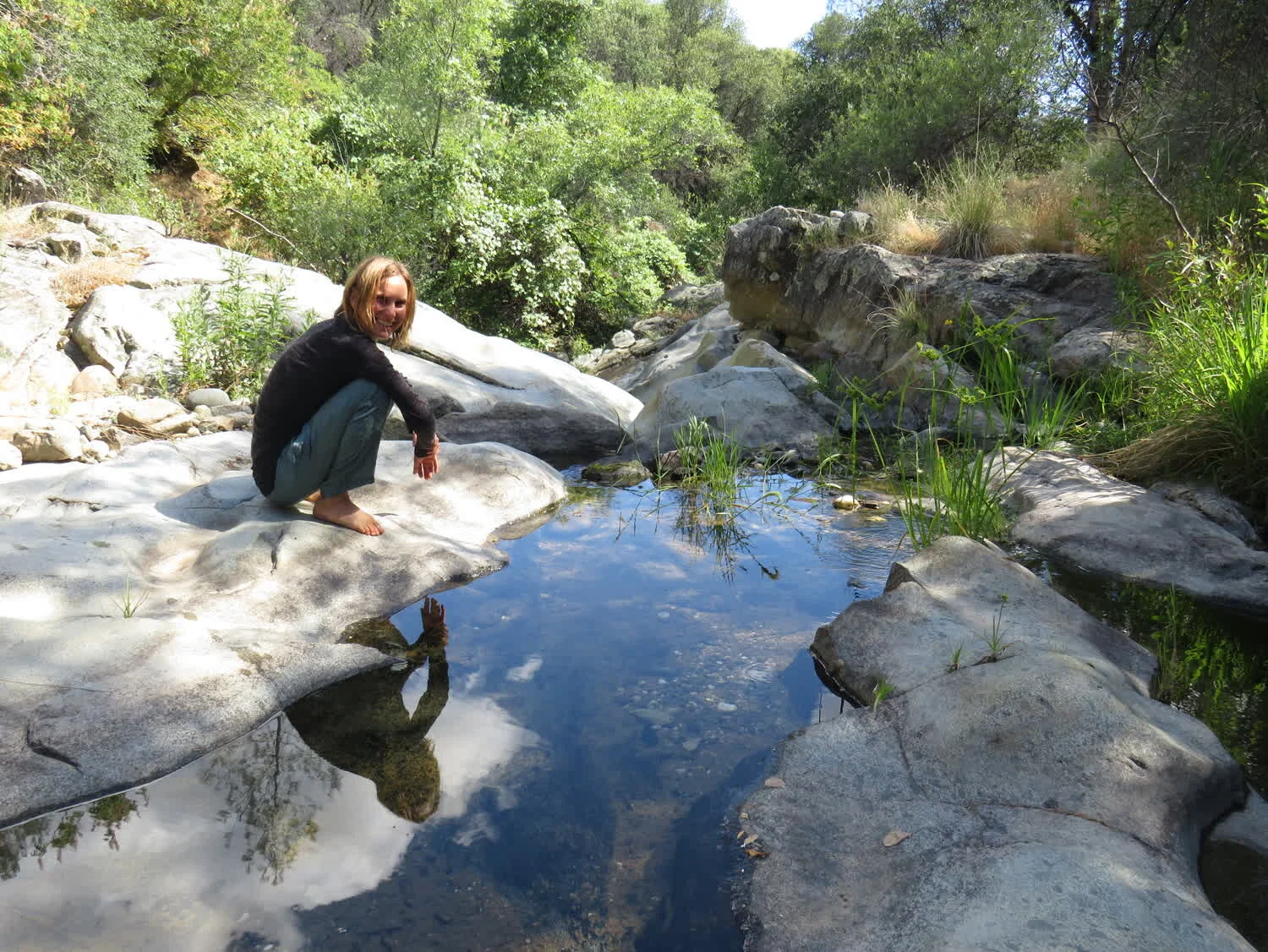By: Kirsten Rudestam
As a student in hydrology and the environmental sciences, I was trained to regard water as an abstraction. We were taught that water was H2O -- something that could be isolated from its surroundings, understood as a chemical compound measured in cubic feet per second or dollars per acre-feet. In those days I spent weekends “in the field,” wading into various creeks and rivers to measure velocity and flows.
I remember what it felt like, trying to maintain balance amidst the ceaseless tugging of the flowing waters, and in those moments my knowledge of fluvial geomorphology would be dwarfed by my direct sensory experience; I was touched by the entangled, imprecise, and indisputably uncapturable presence of water in its many changing forms. This water did not fit into my textbooks – it contained the osprey nests, the old railway lines, the irrigation canals and the history of nuclear contamination from the nearby Hanford facility.
As a “scientist,” I felt ill equipped to describe the suchness of water. Constituted in a multitude of forms and at various scales, water informs political-economic relations, social identities, cultural orderings, and physical landscapes. Water’s circulation creates and is created by social and material worlds, and shows up in encounters, between capital and dam operators, salmon, basalt aquifers and snowmelt. As a young student who cared deeply about water justice, I found myself turning to different disciplinary frameworks through which to understand the variability and dynamic nature of the stuff, as well as ways that could help me to better understand the importance of human-water encounters.
This search continued through my years as a graduate student and led me to engage with new ways of teaching and learning inspired by political ecologists, anthropologists, and social and environmental activists. I am convinced that such an interdisciplinary and integrative approach to teaching and learning helps us both theoretically, in better understanding human-nature relations, as well as politically, in contributing to a public policy environment that upholds equity, justice, and resilience.

